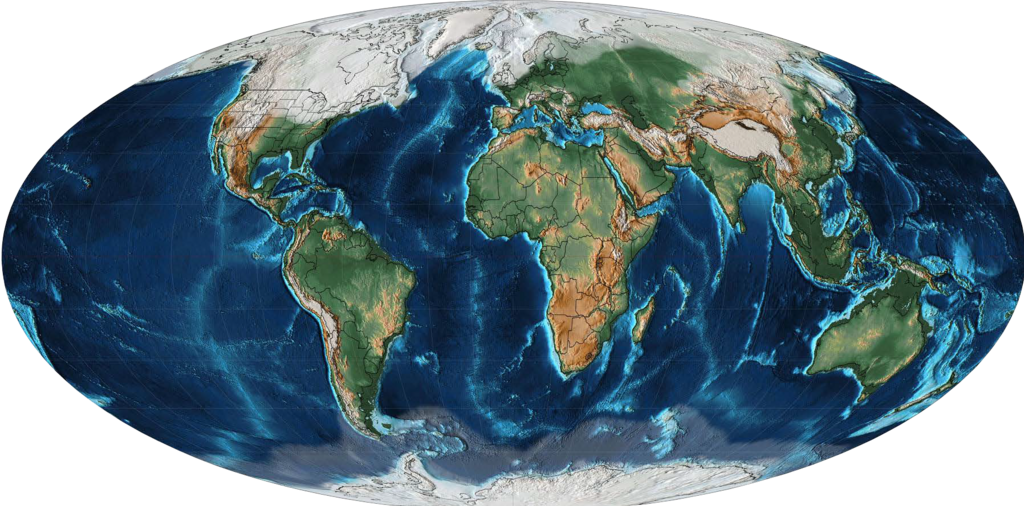Geologists have been studying rocks, fossils, and ice cores for hundreds of years to learn about Earth’s past climate. A new study has reconstructed 540 million years of sea level changes with an accuracy that has never been seen before. This study shows patterns that could change how we think about climate change. This research, which was done by an international team from Utrecht University, the UK, and the US, was published in Earth and Planetary Science Letters. It shows how plate tectonics, ice ages, and even small changes in the planet’s axis have caused the oceans to rise and fall in cycles.
These findings are critical not only from an educational perspective, but also from the viewpoint of contemporary climate research, energy development and even the future of urban areas situated on the coast. Researchers have discovered, by examining sedimentary layers and fossil records, that the changes in sea level over the last few millennia have occurred much more rapidly than previously assumed. These results contradict the customary belief held by scientists concerning the degree of Earth’s stability and reveal the extent to which oceans can transform in a warmer world.
The Two Titans of Sea Level Change: Tectonics and Ice
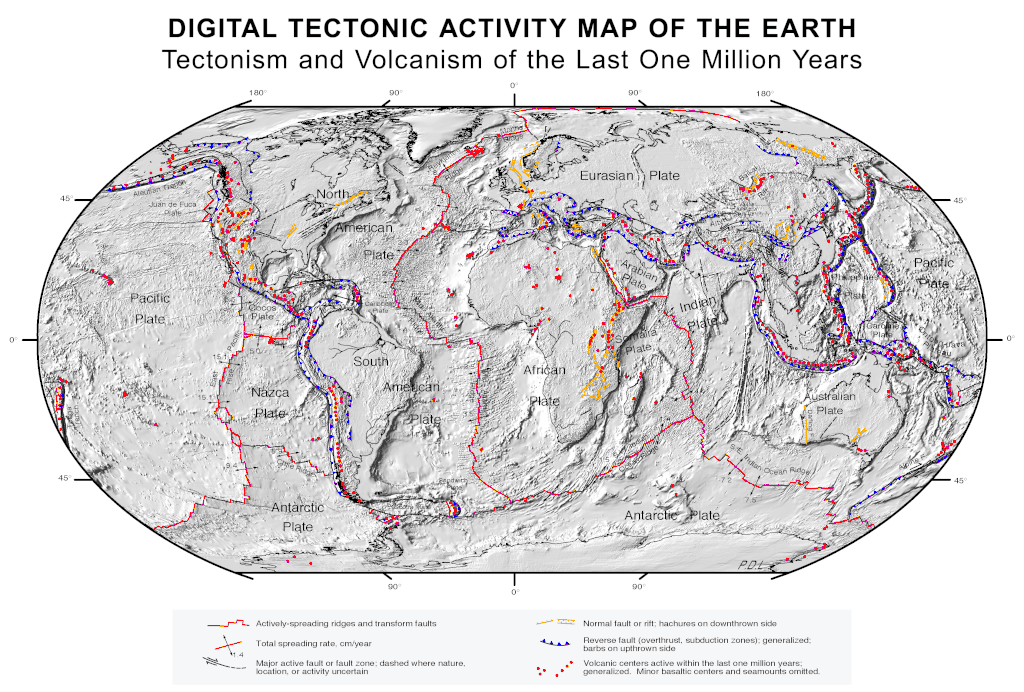
Plate tectonics and glacial ice have always been able to change the sea levels on Earth. As continents move, ocean basins get deeper or shallower, which changes sea levels around the world over millions of years. Ice sheets, on the other hand, act like reservoirs on Earth, holding water during ice ages and letting it out when the weather gets warmer.
Dr. Douwe van der Meer, the study’s main author, says, “You can figure out an average sea level for as far back as there are fossils, which is about 540 million years.” This long-term view shows extremes: during the Cretaceous Period (145 to 66 million years ago), sea levels were 200 to 250 meters (660 to 820 feet) higher than they are now, flooding large areas of land under shallow seas. On the other hand, during ice ages, water got stuck in glaciers and the land dropped by as much as 120 meters (394 feet).
But the real shock? Sea levels didn’t change slowly; they jumped.
The Hidden Rhythms: Earth’s Wobble and Rapid Sea Level Swings
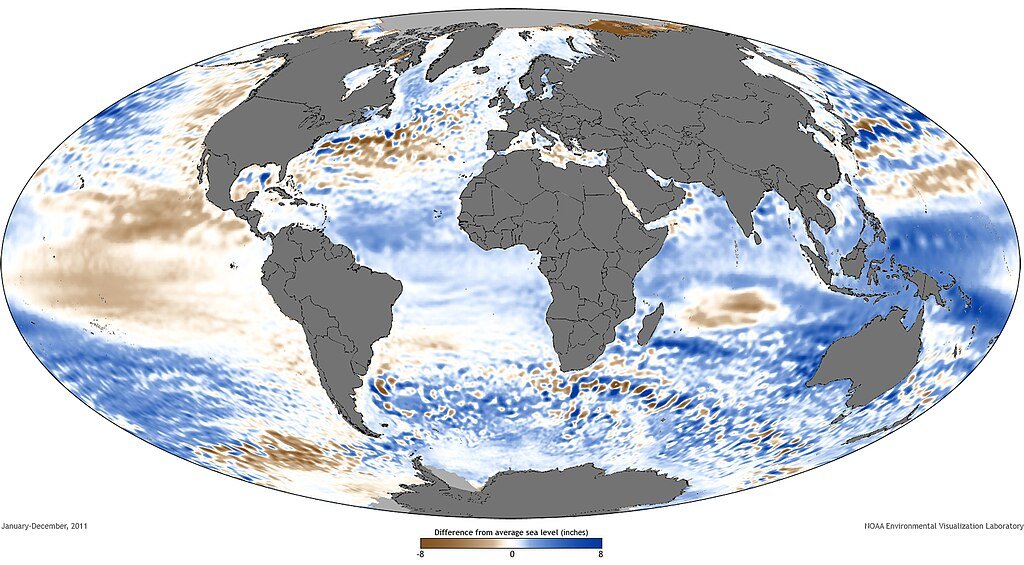
Plate tectonics work over millions of years, but Earth’s axial wobble, which happens every 26,000 years, causes big, short-term changes in sea level. When there are polar ice caps, this wobble makes ice age cycles stronger, which makes sea levels change by 100 meters (328 feet) in just tens of thousands of years.
Dr. Van der Meer states, “We see changes, especially when the global climate is cold” and adds, “The spin axis of the Earth wobbles in a rhythm which causes ice ages that only last tens of thousands of years.”
Previously, coarse geological records did not allow for detection of these rapid changes. Scientists discovered millennial-scale surges, such as Meltwater Pulse 1A, where there was a 65-foot (20-meter) rise in seas within 500 years at the end of the last ice age. These surges suggest that current ice sheets, such as the ones in Greenland and Antarctica, may become unstable much faster than projected by the models.
The Cretaceous Paradox: A Hot, High-Water World
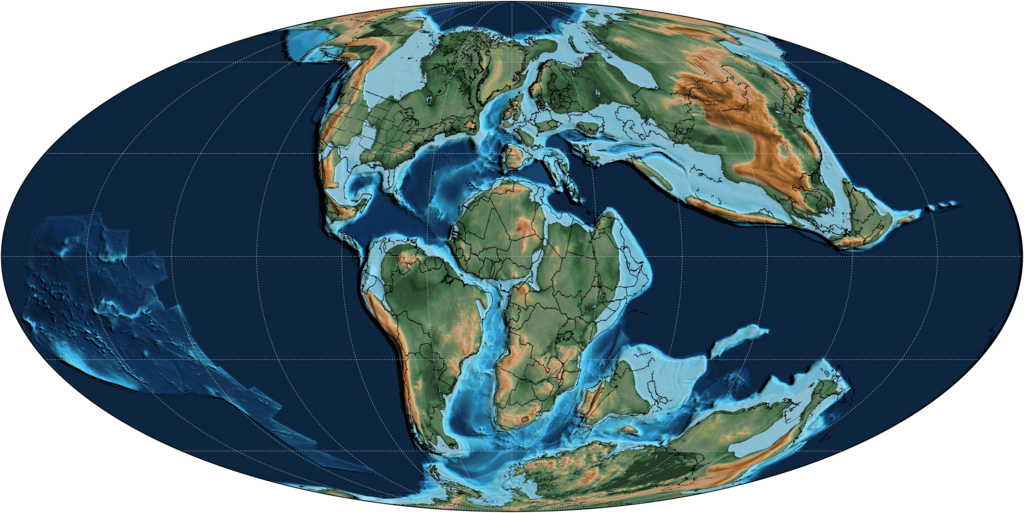
Dinosaurs lived in Antarctic forests and oceans covered continents during the Cretaceous Period. Why? Volcanic activity and bigger mid-ocean ridges moved water, which raised sea levels to their highest point ever.
But here’s the real twist: Even in this hothouse, the temperature dropped quickly. A study from 2015 found that a huge volcanic dome in the North Sea changed the flow of ocean currents, which led to a Jurassic ice age. This shows a shocking truth: the climate on Earth doesn’t move in one direction; it swings wildly, even when it’s warm.
The Subsurface Clues: How Ancient Seas Guide Modern Energy
Not only are past sea levels a record of what happened, they are also a map of what is below the surface. High seas left behind claystone layers, which are great for sealing CO₂ storage sites. Low seas left behind sandstone reservoirs, which are great for getting oil and geothermal energy.
“If we know that at a certain time global sea level was high, we know a continuous layer of claystone would have been deposited,” says Dr. Van der Meer. These layers now help scientists find safe places to store nuclear waste and capture carbon, which are both very important for a future with no emissions.
The Warning for Modern Climate: Are We Underestimating Sea Rise?
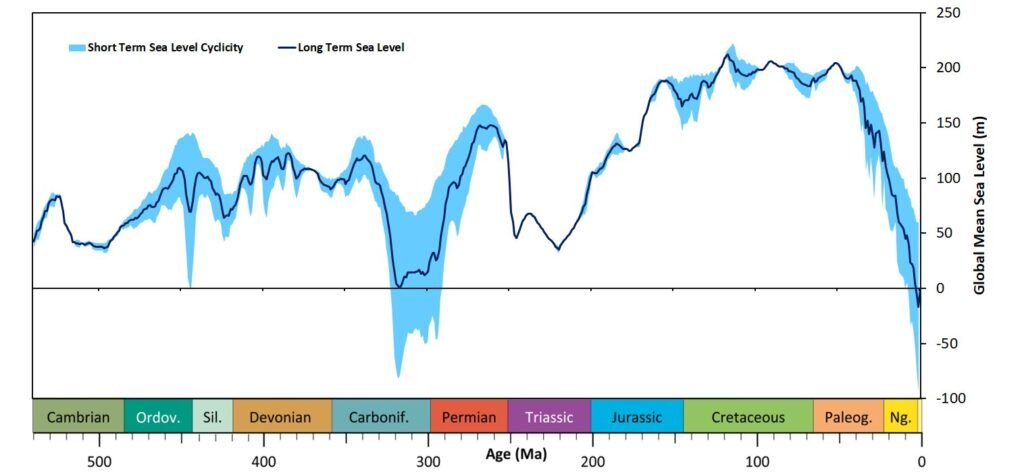
What was the most important thing the study found? Sea levels can change quickly, not just over hundreds of years, but also over tens of years. If Meltwater Pulse 1A happened again today, coastal cities would be flooded in a way that would kill people in a lifetime.
The existing predictive frameworks based on gradual ice melting seem to overlook dynamic feedback mechanisms such as ice sheet collapsing or the shifting of ocean currents which have previously accelerated sea level rises. Dr. Van der Meer warns, “We believed that sea level variability could be much greater and happen within short time periods, but there is insufficient data for those time intervals.”
The Next Frontier: Predicting the Unpredictable
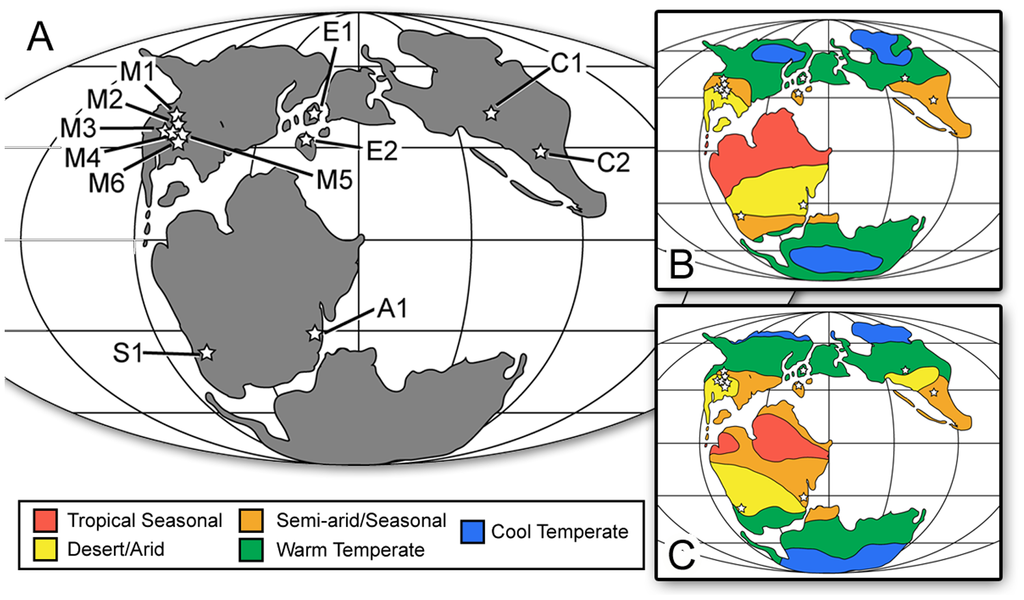
The study starts a new era of high-resolution modeling of paleoclimate. Scientists want to be able to predict future sea level rises before they happen by putting together sedimentary data, satellite altimetry (like NASA’s Sentinel-6 mission), and ice sheet physics.
One important tool? Sea level fingerprinting is a method that keeps track of how meltwater moves around the world because of changes in gravity and the rebound of the crust. This method showed that Greenland’s melting ice could cause Antarctica to become unstable through a chain reaction across the hemisphere.
Conclusion: A Planet in Flux
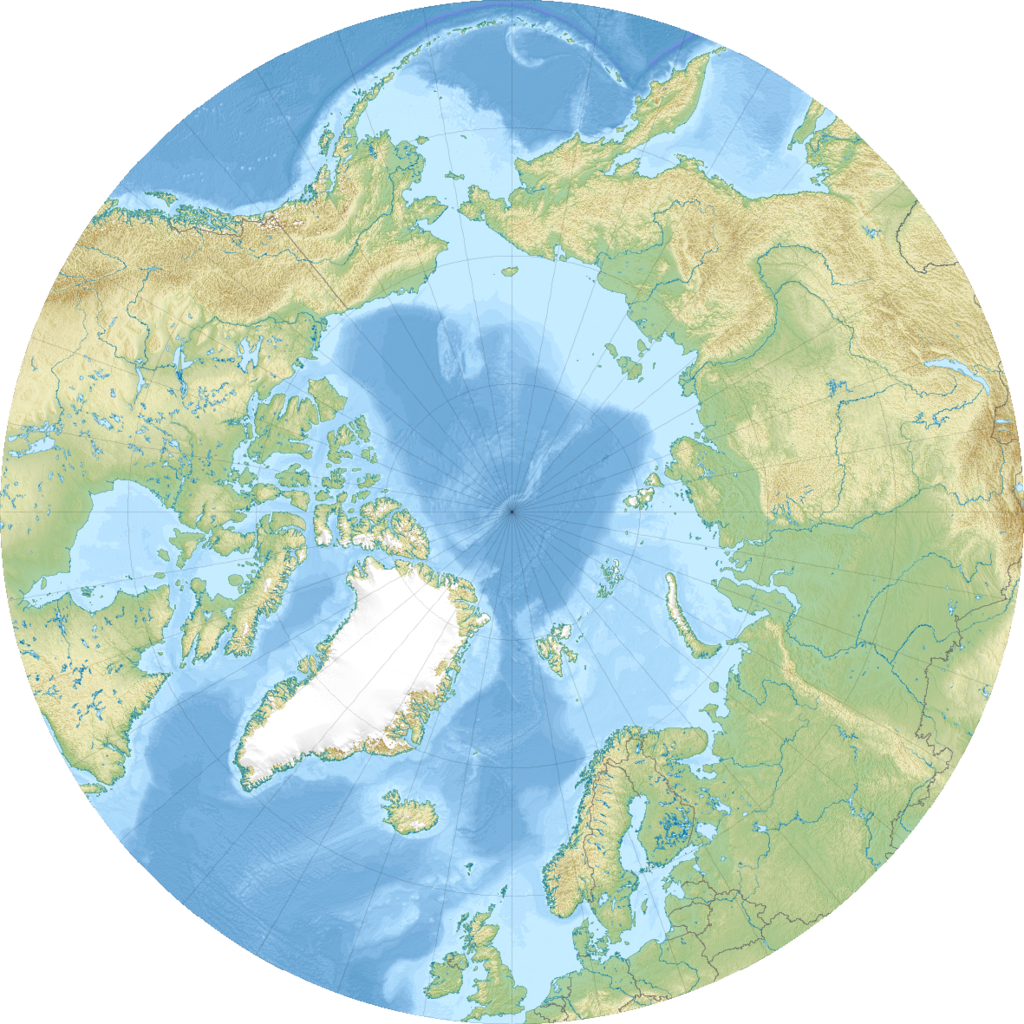
The oceans on Earth have never been still. They have drowned continents, gone back into deep holes, and jumped up and down in geological heartbeats. This new study doesn’t just change what we know about the past; it also warns us that sea level surprises could come sooner than we think.
The message for policymakers is clear: Get ready for change that isn’t linear. Scientists have a job to do: figure out what caused ancient disasters before they happen again. And what about the rest of us? The lesson is humbling: the oceans have changed the map of the Earth before. They might do it again.
Sources:

Suhail Ahmed is a passionate digital professional and nature enthusiast with over 8 years of experience in content strategy, SEO, web development, and digital operations. Alongside his freelance journey, Suhail actively contributes to nature and wildlife platforms like Discover Wildlife, where he channels his curiosity for the planet into engaging, educational storytelling.
With a strong background in managing digital ecosystems — from ecommerce stores and WordPress websites to social media and automation — Suhail merges technical precision with creative insight. His content reflects a rare balance: SEO-friendly yet deeply human, data-informed yet emotionally resonant.
Driven by a love for discovery and storytelling, Suhail believes in using digital platforms to amplify causes that matter — especially those protecting Earth’s biodiversity and inspiring sustainable living. Whether he’s managing online projects or crafting wildlife content, his goal remains the same: to inform, inspire, and leave a positive digital footprint.

